Linen is considered one of the luxurious fabrics as it is made from natural fibers and produced through a slow and labor-intensive process, hence it is expensive. flaxen is also considered one of the oldest fabrics; in 1922, when the tomb of Tutankhamun was opened, flaxen tents were found intact, preserved there for 3,250 years.
In ancient Greece, linen was used in making clothes, ship sails, and even as currency. Later, linen was introduced to Europe in the Middle Ages, quickly becoming a popular fabric for clothing, upholstery, and painting canvases. By the seventeenth century, flaxen became an essential part of wealthy people’s wardrobes, especially the formal attire.
The nineteenth century witnessed a decline in the popularity of linen as other fabrics like cotton and wool became more widely available. However, flaxen regained its popularity in the twentieth century, once again becoming a sought-after fabric for clothing and home decor, including curtains, tablecloths, bed linens, and blankets.
What is Linen?
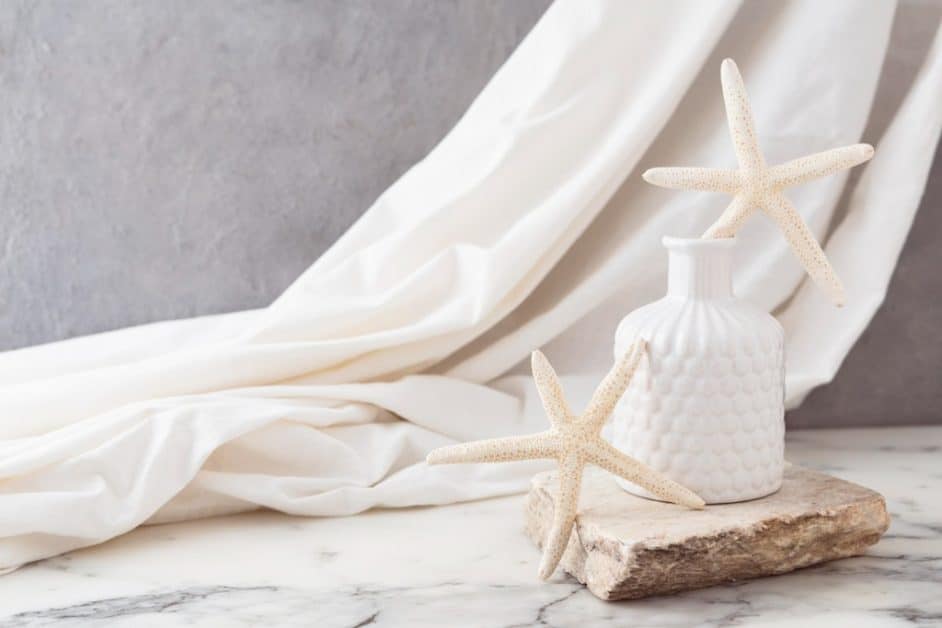
Linen is a lightweight and sustainable fabric made from flax fibers (the plant can reach up to 3 to 4 feet tall; the long fibers are used to make fabric, while the seeds are used to extract flaxseed oil and linseed milk). It is elegant, hypoallergenic, and absorbent; the fabric absorbs moisture and dries quickly, always remaining soft to the touch and durable at the same time.
Flax flowers are cultivated in several countries, including northwest France and western Belgium, where the world’s finest raw flaxen is produced.
Comparison Between Linen and Cotton
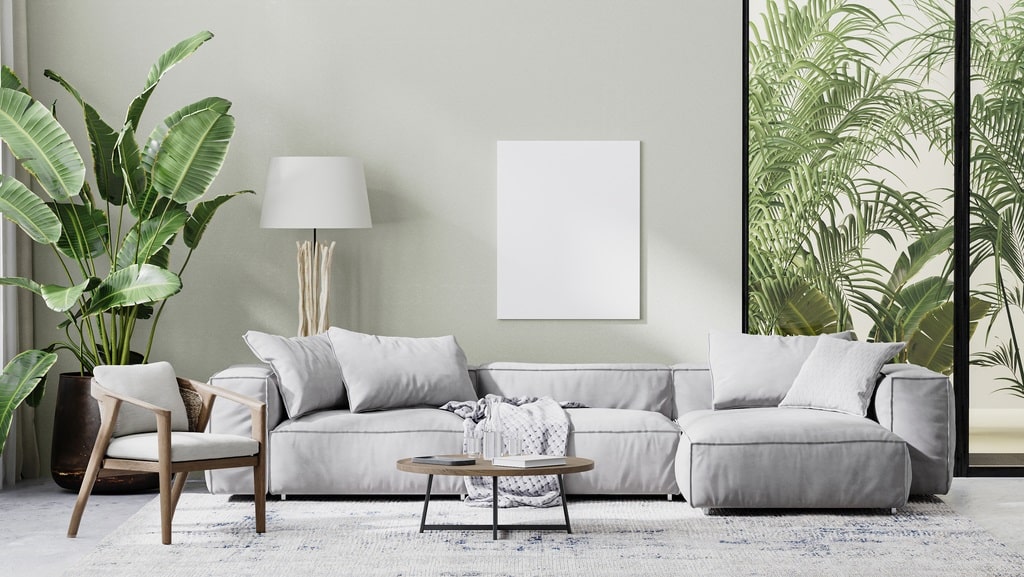
While linen is an ancient fabric, it remains fashionable, especially in interior decor, where it is used to create a sense of quiet luxury. Some associate flaxen with summer, but its presence is noticeable in all seasons due to its durability and versatility, especially in warm climates. However, flaxen wrinkles and creases easily. Despite this, many people still prefer this material for its raw elegance.
Amid growing environmental concerns, flaxen is considered more environmentally friendly compared to cotton, as it requires less water and pesticides for production.
flaxen can be twice or thrice as strong as cotton but is more costly and less flexible, thus it wrinkles more than cotton.
Properties of Linen Fabric
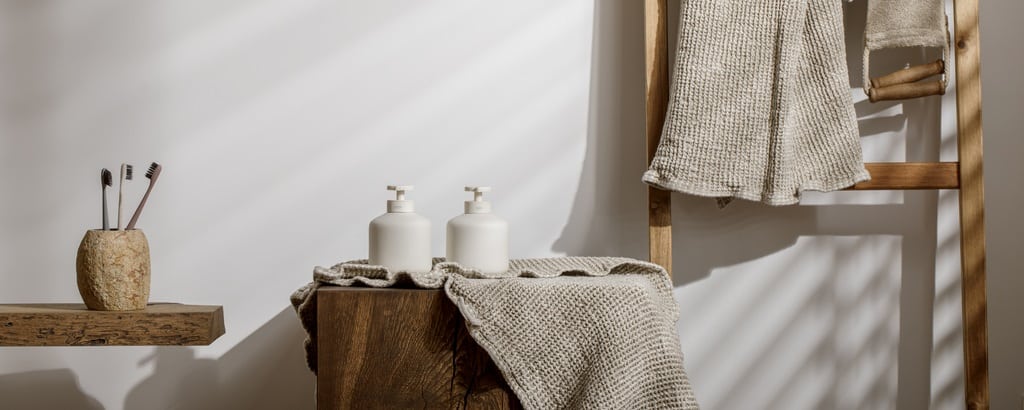
Linen fabric has been popular for thousands of years for the following reasons:
- Moisture-absorbing and breathable nature.
- Resistance to bacteria and fungi, making it a popular choice for bedding.
- Long lifespan, lasting for over 30 years.
- Biodegradable.
Types of Linen
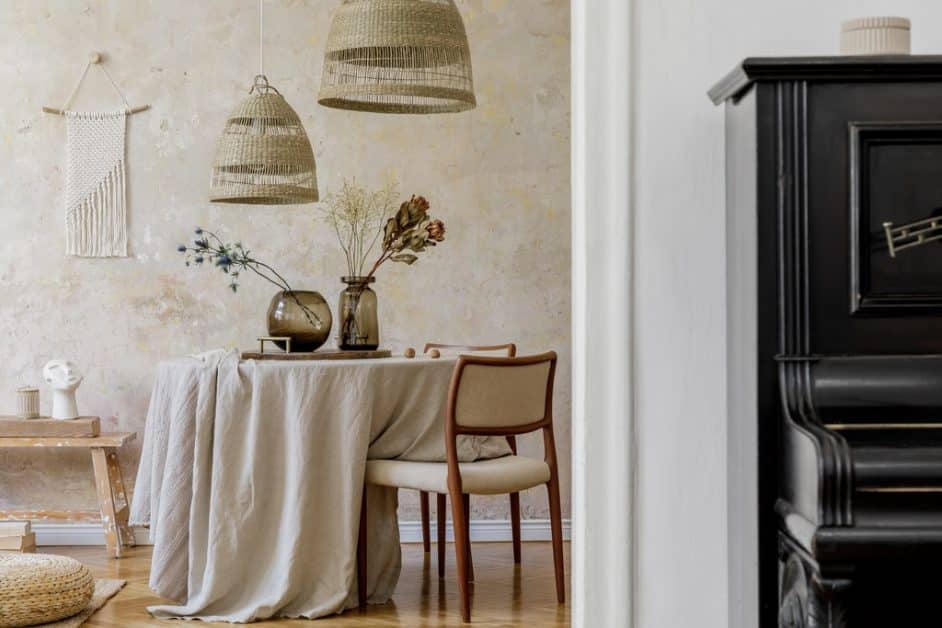
Linen types can be distinguished by the weave, pattern, and method of weaving. In this regard:
- Damascus flaxen is woven on special looms to resemble embroidered fabric, often used in crafts.
- Regular woven flaxen is used in making hand and bath towels due to its remarkable durability.
- Loose-woven linen is used in clothing manufacture but is less durable.
- Soft-surface flaxen covers, with a relatively high thread count, are durable and dense, used in clothing and bed linens.
- flaxen blends combine flaxen with cotton, offering the best qualities of both materials and less prone to wrinkling.
Uses of Linen in Home Decor
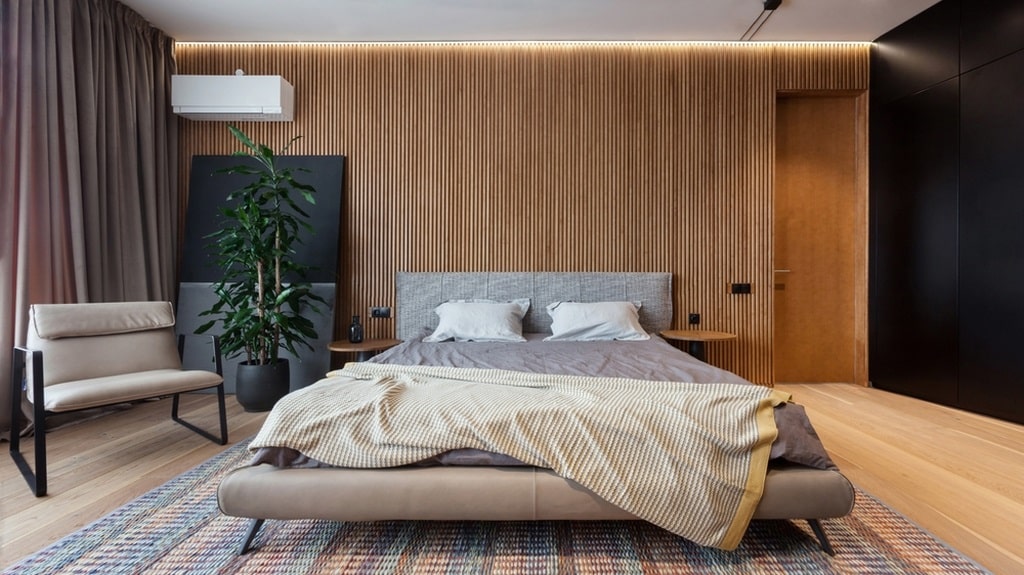
Some modern uses of this ancient fabric in interior decor include upholstery, curtain making, and bed furnishings. The more bed flaxens are washed, the more organic and soft they become, as the natural wrinkled appearance of flaxen is part of its charm.
flaxen upholstered headboards achieve a clean and simple look, as flaxen does not express feminine or masculine taste but combines them both, with great allure.
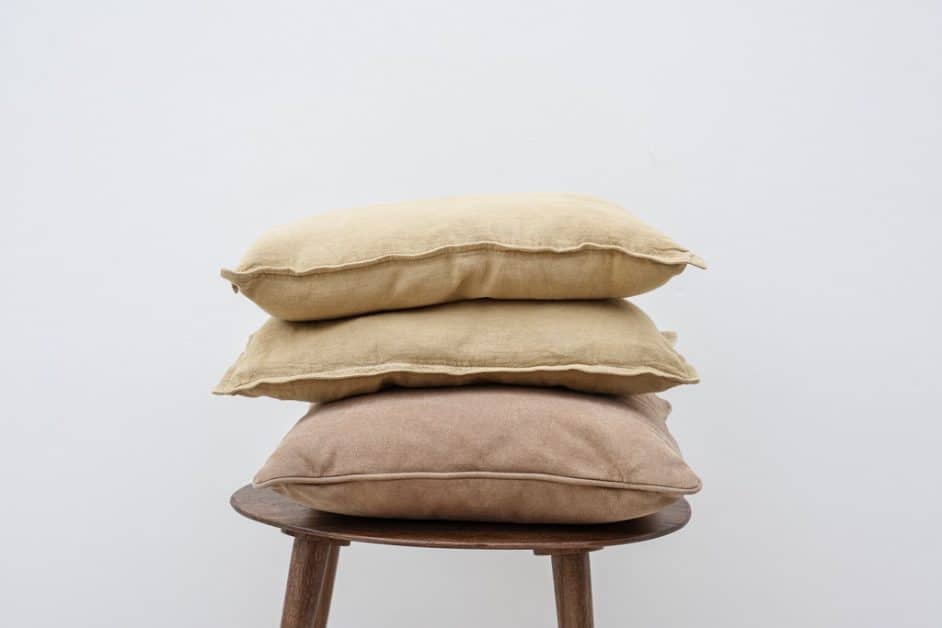
flaxen wallpaper adds a rich texture to any room it graces, regardless of the room’s style.
flaxen tablecloths have long been preferred for formal occasions. Nowadays, a casual and comfortable style predominates, and flaxen can also be used for this purpose. The fabric has a comfortable organic look when left in its natural color and unironed.
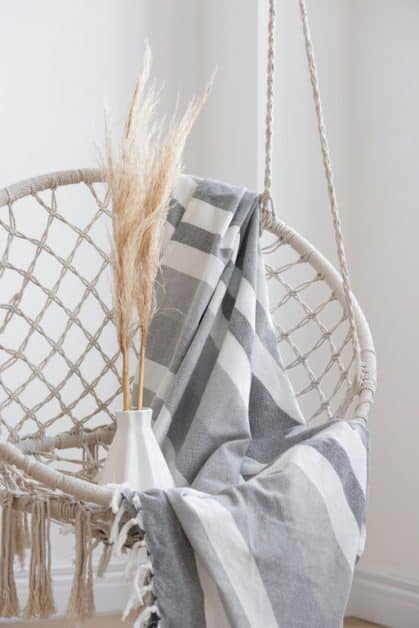
The use of flaxen napkins dates back to the eighteenth century; this type of napkin is lint-free and becomes softer with each wash.
